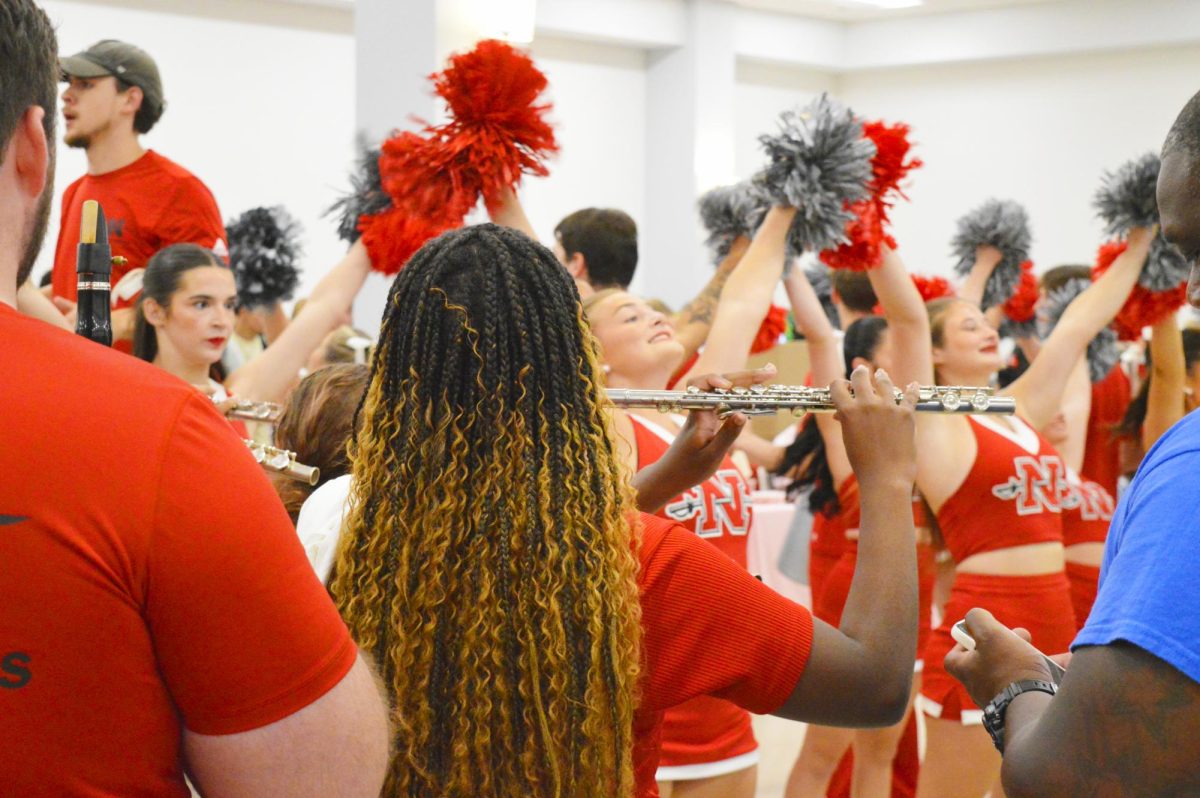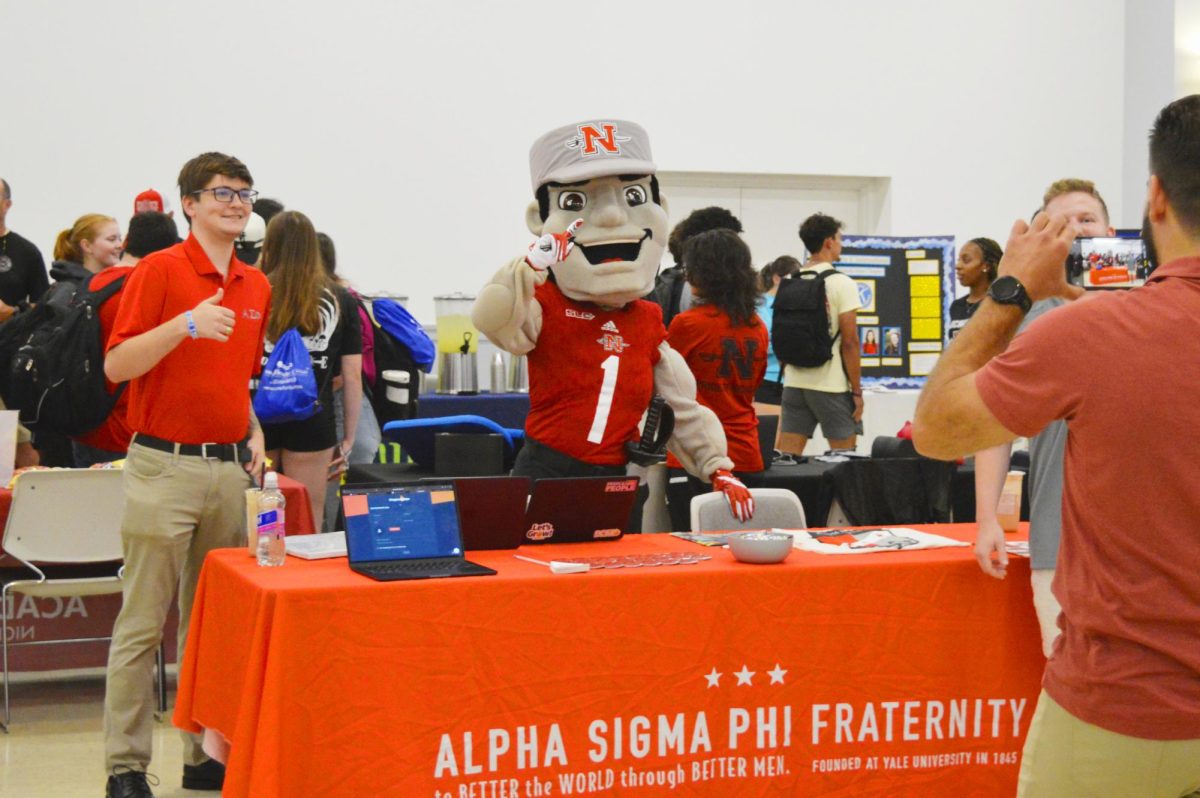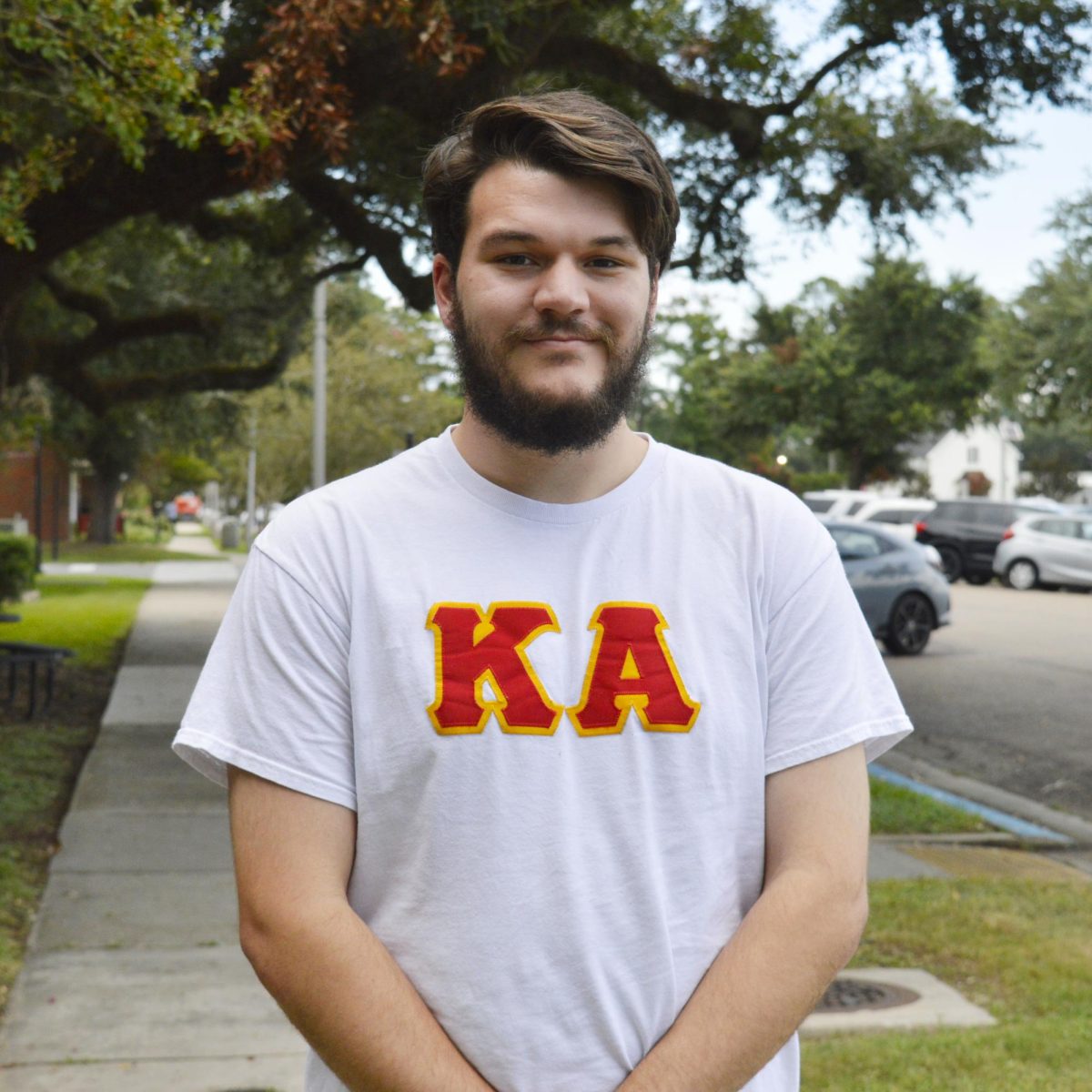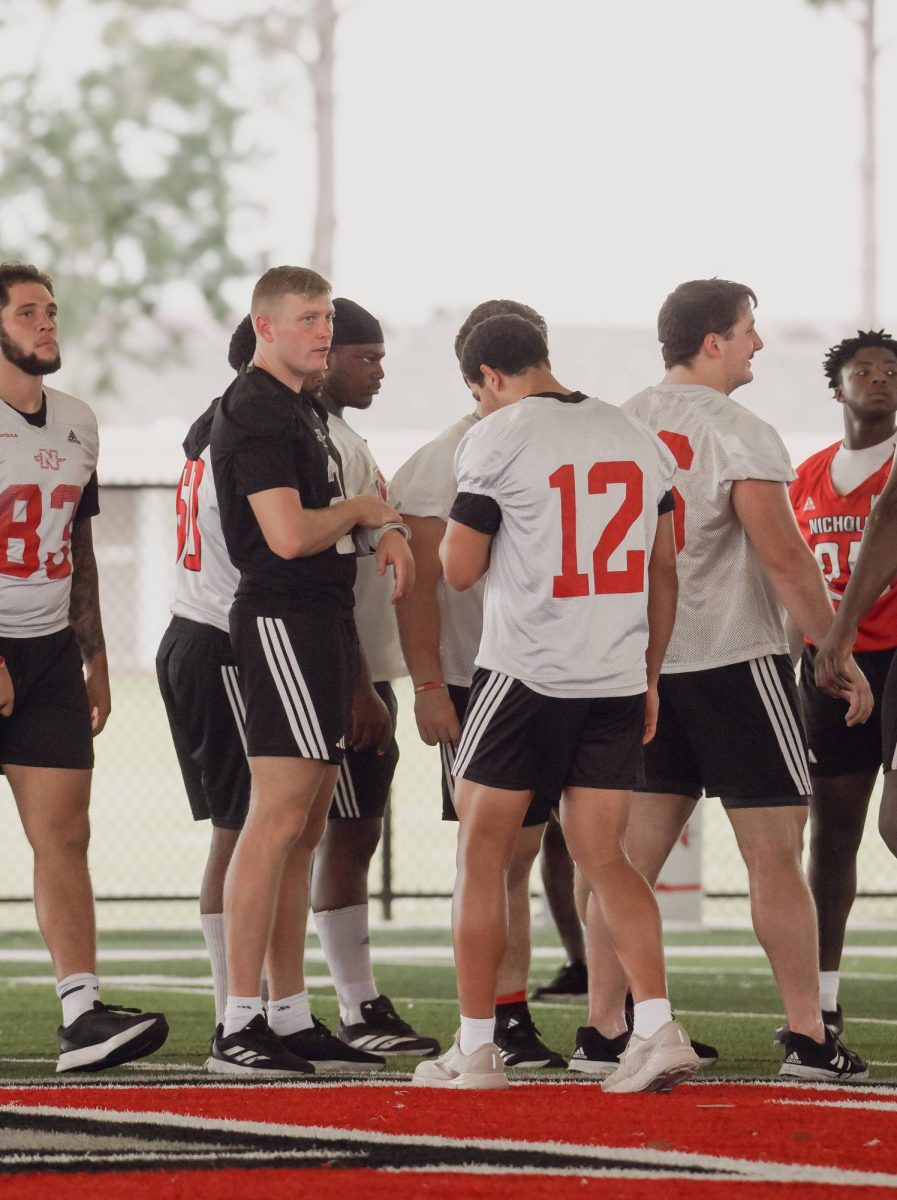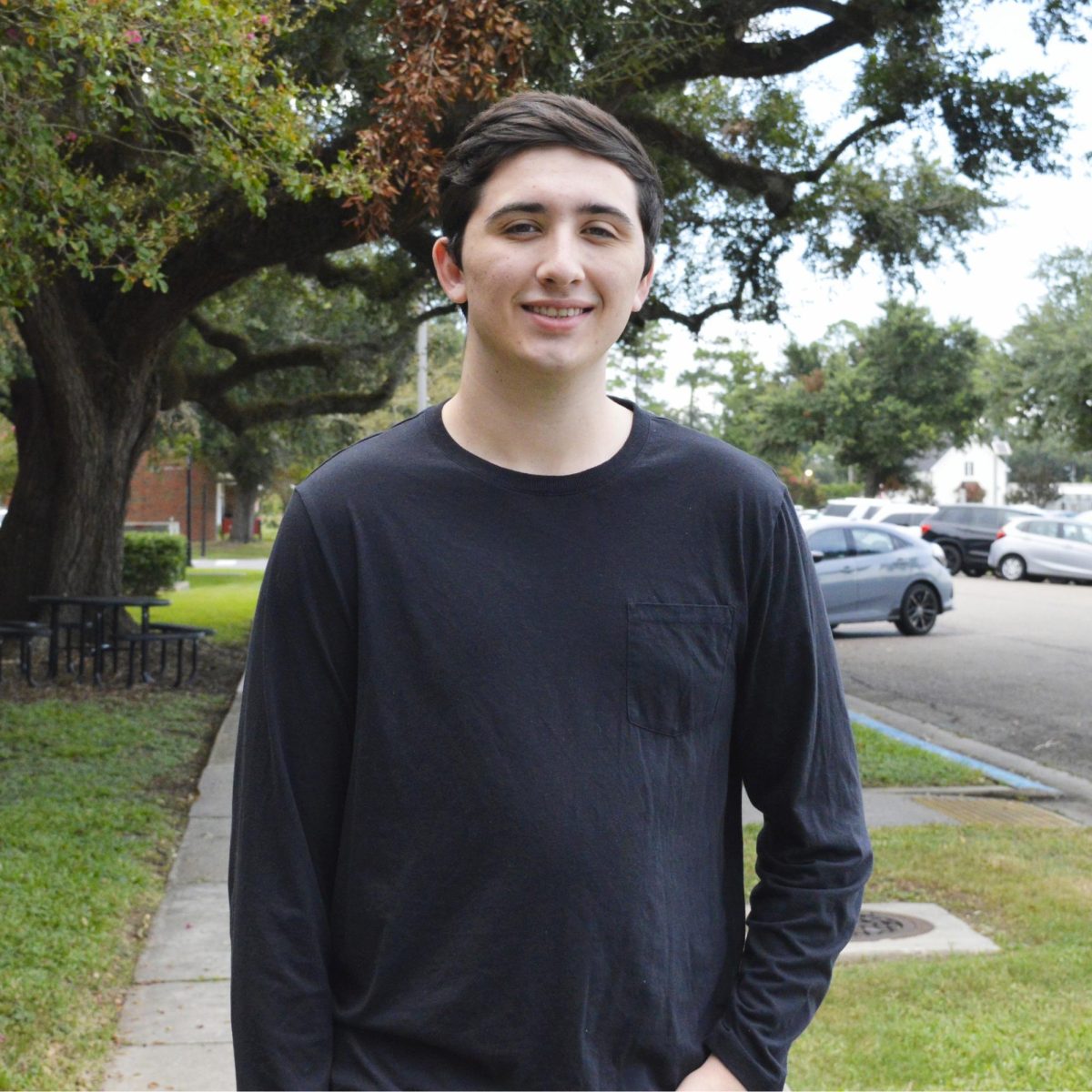Complaints about pedestrians almost getting hit by a vehicle are constantly heard around the Nicholls campus. But is it the driver’s fault or the student’s fault? Speed limits and crosswalks are present on campus. The main purpose of these is to ensure that a vehicle does not hit a pedestrian.
Although there have not been many incidents in the past where pedestrians have been hit, it has occurred more than once on the campus.
In November 2002, April Hollie, communicative disorders sophomore from Fields, and her roommate, Melissa Upshaw, marine biology sophomore from Shreveport, were crossing the street in front of North Babington Hall. While crossing in the crosswalk, they noticed a car in the distance.
“We just kept crossing, knowing that (cars) are supposed to stop at the crosswalk,” Hollie said. She noticed that the car was not slowing down, so she yelled and pushed Upshaw out of the way.
Hollie said she was fully hit by the vehicle while the bumper of the car hit Upshaw’s leg. The driver was charged with failure to yield.
Hollie said her injuries included a dislocated kneecap and internal bruising, and she now has permanent arthritis. Upshaw’s injuries resulted in nerve damage to her leg.
Following the accident, Hollie inquired as to whether the University was going to try and improve the crosswalks by perhaps putting reflectors across the road. The response she got was that the white lines and signs were enough.
“They have largely provided visible painted walkways letting people know where the students will be walking at,” newly appointed campus Police Chief Craig Jaccuzzo said.
Jaccuzzo, who was not police chief at the time of the accident, says one of the problems he sees now is students who are not using the crosswalks.
“Majority of them (crosswalks) are placed at the intersection, where vehicles are forced to stop because of the stop signs, and if you look, students dart out from the side of cars or wherever they are,” Jaccuzzo said.
What some students may not know is that campus police have the authority to give tickets or citations to speeders or jaywalkers.
Authority, law enforcement powers and the same responsibilities as any other law enforcement official are granted to University Police officers through Louisiana Revised Statute 17:1805.
“Campus police are fully sworn commissioned officers that have the right and authority to enforce every law that is legally put into statute by Louisiana,” he said.
The speed limit on campus is 15 mph, 24 hours a day, unlike elementary, junior high and high school zones.
“One of the concerned (speeding) areas I was aware of as a student and as an officer is the area by the tennis courts by Talbot Hall and also towards the back area by the baseball fields and by Calecas,” Jaccuzzo said.
Police captain Danny Kraemer said that campus police give verbal warnings to students who are speeding.
Campus police can also offer citations for jaywalking. Jaywalking is a term used when pedestrians cross the street in an area that is not designated as a crosswalk.
What Jaccuzzo has noticed since being here is officers giving verbal warnings to students who react as though the officers have no right to stop them from walking wherever they want to.
“A lot of them (students) do not think that they (campus police) can do something about it (jaywalking), but they could issue them citations,” Jaccuzzo said.
This is not the first time that speeding and jaywalking are being seen as problems on the Nicholls campus. According to a 2001 article in The Nicholls Worth, there were several complaints by students concerning people speeding on campus.
More recently the topic of speeding on campus was brought up at a N.O.I.S.E. session last semester. Two students complained to Judy Daniels, dean of student life, about almost being run over in the crosswalk many times. The students were told that speed limits are monitored by radar on campus and that violations are issued to offenders.
Michael Davis, assistant vice president for business affairs for procurement and physical plant operations, stated recently that a safety concerns committee went around campus.
The committee primarily was looking at lights around campus, but did address one problem concerning a crosswalk. They noticed that it was hard to see people in the crosswalk by Peltier Hall when large vehicles were parked there.
“What we did was eliminate two parking spots and prevented people from parking right up against the crosswalk, and that has immediately improved the lines of sight there,” Davis said.
The safety concerns committee is also currently looking at other crosswalks to see if there is a similar problem.
Jaccuzzo would like students to be informed that crosswalks are there for their safety. “I think they need to think safety first, look both ways and make sure they are on the crosswalk,” he said.




